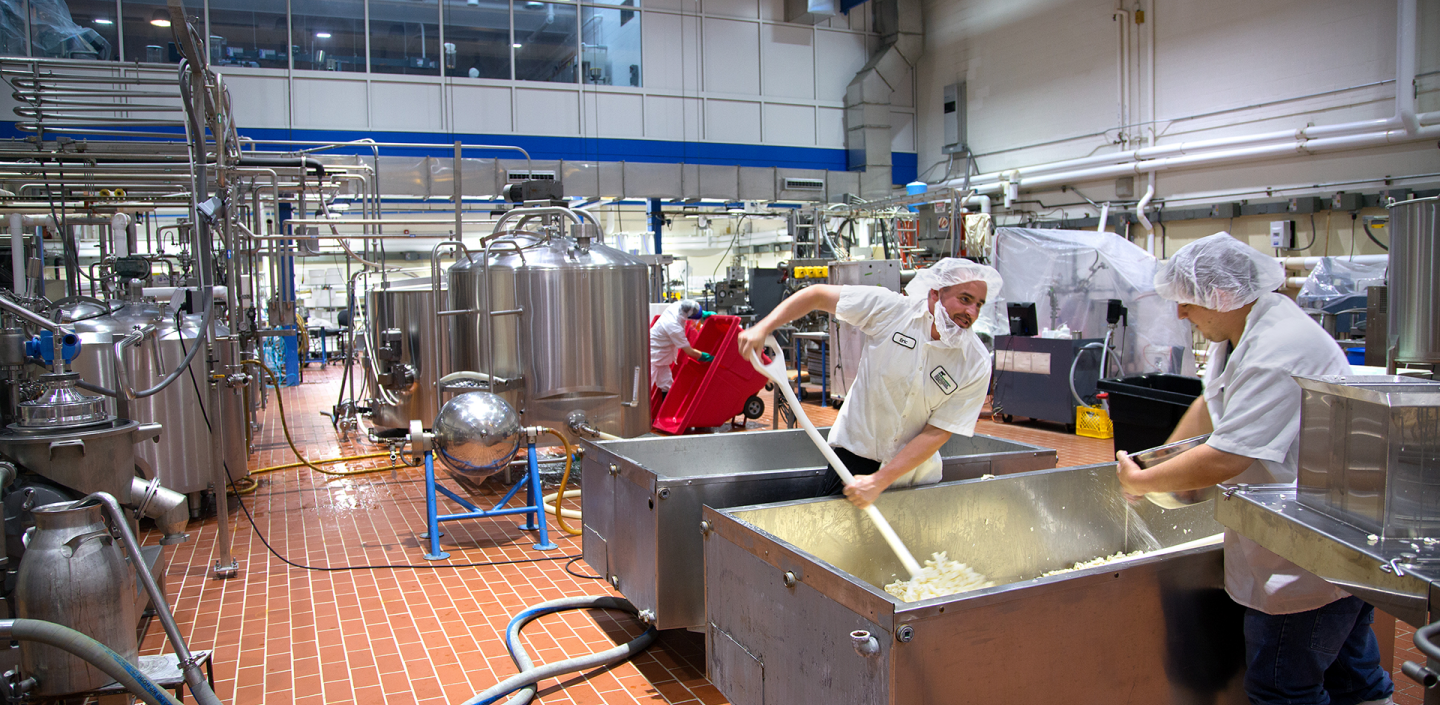Food processing is a complex and intricate field that is crucial to the production and distribution of various food products worldwide. The industry encompasses a broad range of activities – from raw materials sourcing to packaging – and aims to deliver safe, nutritious, and tasty food products to consumers. However, many people remain unaware of the intricate scientific principles that underpin food processing and the critical role these principles play in ensuring food safety and quality.
So, what really goes on behind the scenes in the science of food processing? This article delves into the science that underpins food processing and highlights the various stages involved in transforming raw commodities into packaged foods.
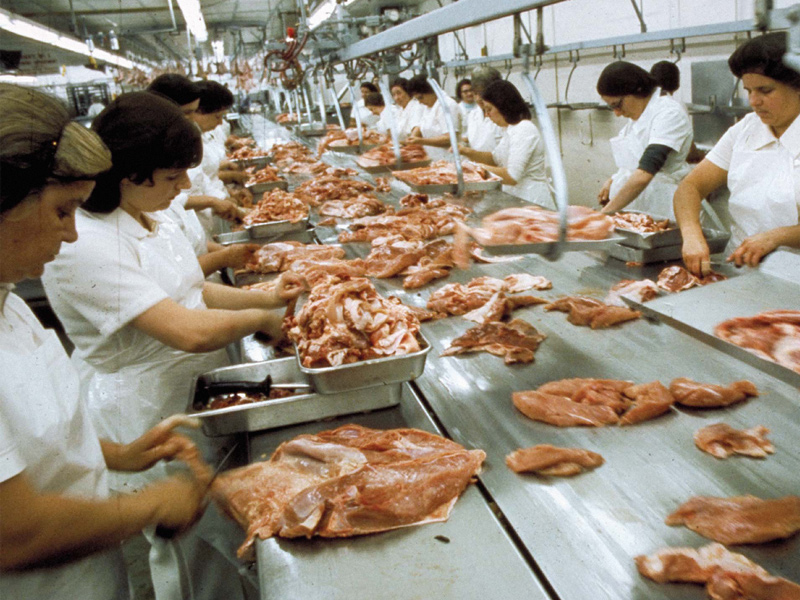
Stage 1: Preparation
The first step in food processing is the sourcing of raw materials – typically crops or livestock products. These raw materials undergo a series of preparation procedures, such as cleaning, sorting, washing, and grading, to remove any impurities, contaminants, or unwanted substances. This stage is essential for maintaining the quality, safety, and consistency of the final product.
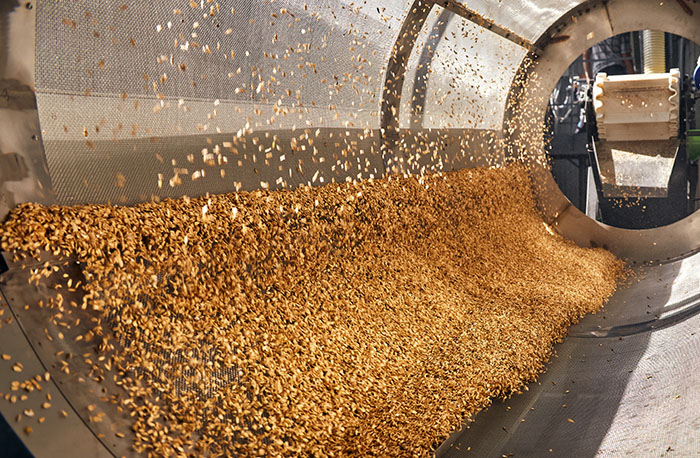
Stage 2: Processing
Once the raw materials have been prepared, they undergo various processing methods, including drying, milling, grinding, fermenting, and cooking, to convert them into a form suitable for consumption. These methods help to enhance the flavor, texture, and nutrient content of the food product and extend its shelf life.
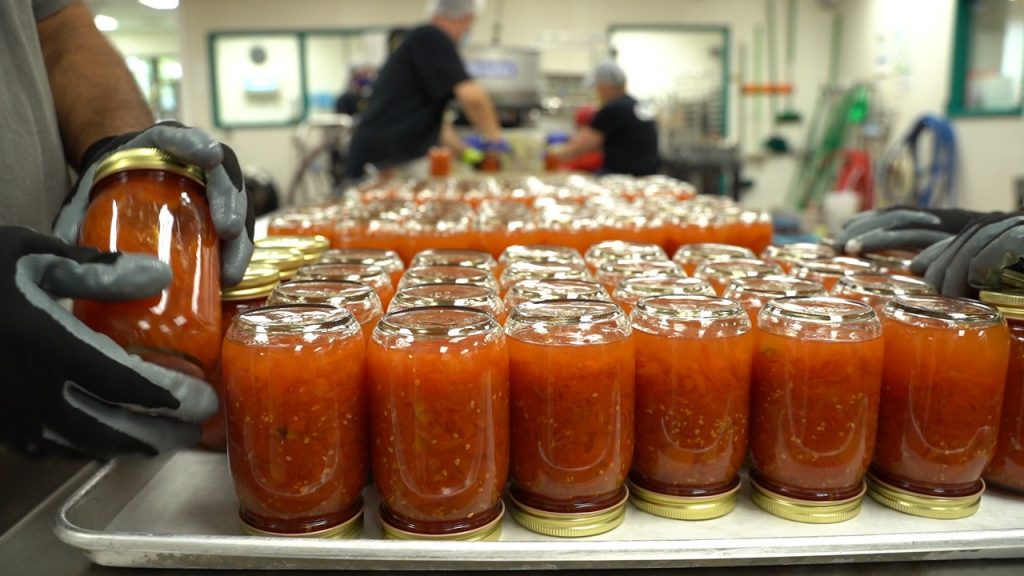
Stage 3: Preservation
One of the most critical stages in food processing is preservation, which involves the use of various techniques to prevent food spoilage and bacterial growth. Some of the most common preservation methods include canning, freezing, dehydration, and pasteurization. These methods work by destroying any harmful bacteria, enzymes, or microorganisms that could cause spoilage or foodborne illnesses.
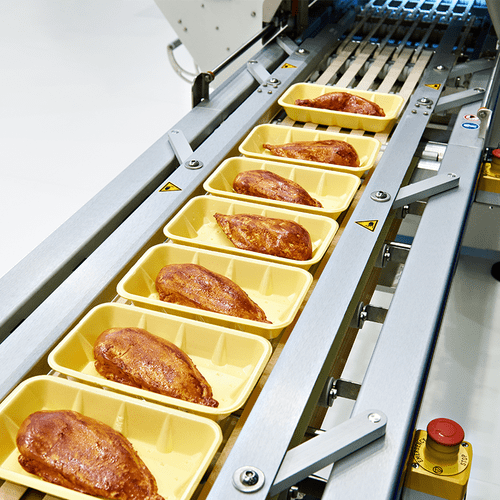
Stage 4: Packaging
Packaging is the final stage in food processing, and it is one of the most critical aspects of ensuring the quality and safety of the final product. Packaging serves two primary functions: protecting the food from environmental factors such as light, moisture, and oxygen, and providing consumers with essential product information such as nutritional content, ingredients, and expiration dates.
The science behind food processing relies on a wide range of fields, from chemistry and microbiology to engineering and technology. Each stage in processing requires careful monitoring and quality control to ensure that the final product meets the desired standards of quality, safety, and nutritional value.
In conclusion, the science behind food processing is a complex and multifaceted field that involves a range of disciplines and techniques. From the sourcing of raw materials to the packaging of the final product, every stage in food processing involves intricate processes aimed at ensuring the safety and quality of the food product. Understanding the science behind food processing is essential for consumers, regulators, and industry stakeholders to make informed decisions about the food products they buy, sell, or consume.

